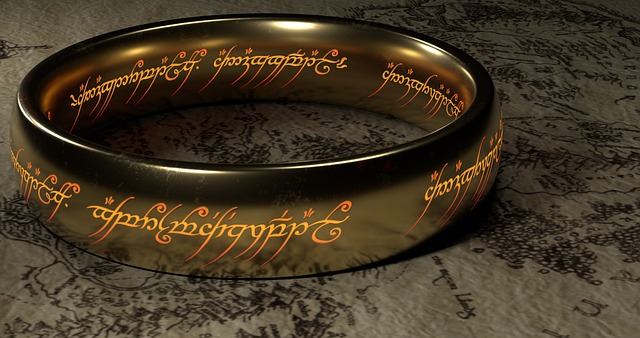
For centuries, the genre of epic fantasy has thrilled readers with its tales of extraordinary worlds, captivating characters, and legendary quests. From the imaginative landscapes of J.R.R. Tolkien’s Middle-earth to the grisly battles of George R.R. Martin’s Seven Kingdoms, epic fantasy has evolved and expanded to encompass a rich tapestry of narratives that continue to ignite our imaginations.
Epic fantasy, at its core, beckons readers into realms where the ordinary meets the extraordinary, where heroes are forged in the crucible of adversity, and where the battle between good and evil takes center stage. The fantasy genre transports us beyond the mundane confines of reality, allowing us to traverse mythical landscapes teeming with magic, mythical creatures, and untold wonders. Its enduring appeal lies in its ability to transport us to realms where anything is possible and the bounds of imagination are only restricted by the author’s pen.
The Pioneering Work of J.R.R. Tolkien
J.R.R. Tolkien is often regarded as a pioneer in the evolution of epic fantasy. His work laid the foundation for the genre and introduced many of the elements that have become synonymous with epic fantasy.
Overview of J.R.R. Tolkien’s Contributions
J.R.R. Tolkien, a British writer and scholar, made significant contributions to the evolution of epic fantasy through his writings, most notably “The Lord of the Rings” trilogy and “The Hobbit.”
His epic tales are known for their rich and detailed world-building, a hallmark of the genre. He created intricate maps, languages, and cultures, giving readers the sense of stepping into a fully realized fictional world.
The “Lord of the Rings” Trilogy
“The Lord of the Rings” trilogy is considered a cornerstone of epic fantasy literature. This epic saga follows the journey of a diverse group of characters, including hobbits, elves, and dwarves, as they seek to destroy a powerful and evil ring.
The trilogy is celebrated for its timeless themes of heroism, friendship, and the battle between good and evil, which have had a lasting impact on the evolution of epic fantasy.
Tolkien’s World-Building and Mythical Influences:
Tolkien’s world-building is characterized by its depth and authenticity. He drew inspiration from Norse mythology, Arthurian legends, and his own scholarly background in philology.
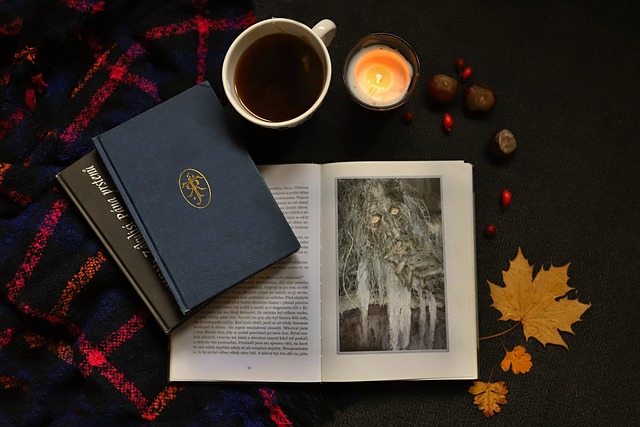
His creation of archetypal characters, like the wise wizard Gandalf and the reluctant hero Frodo, added to the enduring appeal of epic fantasy and influenced subsequent authors in their character development.
J.R.R. Tolkien’s pioneering work in epic fantasy is marked by his intricate world-building, iconic characters, and timeless themes. His “Lord of the Rings” trilogy set a high standard for the genre and influenced the evolution of epic fantasy by introducing readers to the magic of richly detailed fictional worlds.
Traditional Tropes and Themes in Classic Epic Fantasy
Classic epic fantasy, inspired by the pioneering work of J.R.R. Tolkien, has long been associated with certain tropes and recurring themes that define the genre. These elements have played a central role in the evolution of epic fantasy.
Classic epic fantasy often features a grand and sweeping narrative, taking readers on journeys across fantastical lands. This element of epic scope is a staple in the genre.
A central aspect is the concept of a hero’s journey, where a protagonist embarks on an adventure, faces various challenges, and undergoes personal growth. This journey is a fundamental theme that defines epic fantasy.
The Hero’s Journey, the Battle Between Good and Evil, and Mythical Races
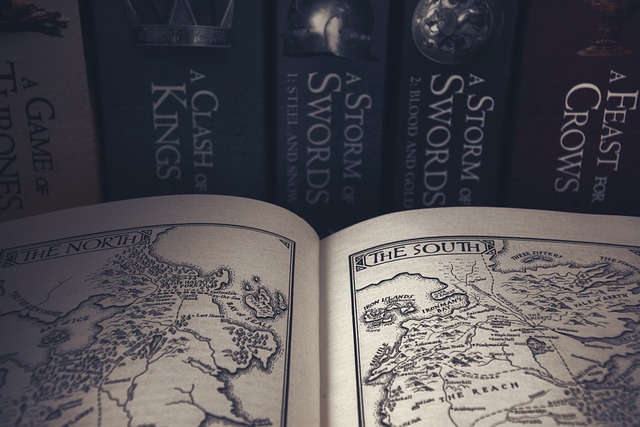
The hero’s journey, as introduced by Joseph Campbell’s monomyth, is a central theme in classic epic fantasy. It follows the protagonist as they move from their ordinary world to confront and overcome great challenges, ultimately returning transformed.
Another traditional theme is the battle between good and evil. In epic fantasy, there is often a clear distinction between forces of good and malevolent forces of evil, symbolized by the hero and the villain, respectively.
Mythical races like elves, dwarves, and orcs are frequently encountered in epic fantasy tales. These races add depth to the world-building and contribute to the fantastical atmosphere.
Classic epic fantasy has long been characterized by the grandeur of its narrative scope, featuring heroic journeys, the battle between good and evil, and the presence of mythical races. These traditional elements have been instrumental in shaping the evolution of epic fantasy and are integral to the genre’s enduring appeal.
The Arrival of George R.R. Martin
The arrival of George R.R. Martin marked a significant turning point in the evolution of epic fantasy. His work, particularly the “A Song of Ice and Fire” series, brought a new and innovative approach to the genre.
George R.R. Martin gained widespread recognition for his “A Song of Ice and Fire” series, which has been adapted into the popular television series “Game of Thrones.” Martin’s contribution to epic fantasy goes beyond traditional storytelling, as he introduced a more realistic and morally complex narrative.
Shifting from Traditional Tropes to Subversion and Complexity
Martin’s work marked a shift away from traditional epic fantasy tropes. Instead of a clear-cut battle between good and evil, he introduced a morally gray world where characters’ actions have consequences and no one is entirely heroic or villainous.
He challenged the notion of a hero’s journey by creating characters with unpredictable fates and emphasizing the harsh realities of his fictional world.
The “A Song of Ice and Fire” Series as a Game-Changer:
“A Song of Ice and Fire” is a game-changer in epic fantasy due to its unique approach. It features a large ensemble cast, intricate political intrigue, and a focus on character-driven storytelling rather than traditional heroics.
Martin’s creation of complex characters, each with their own motivations and flaws, has resonated with readers and set a new standard for character development in the genre.
Deconstructing Tropes and Embracing Realism
One of the significant contributions of George R.R. Martin to the evolution of epic fantasy is his talent for deconstructing traditional tropes and embracing a sense of realism. This approach challenges the genre’s conventions and introduces a fresh perspective.
George R.R. Martin has a knack for taking classic epic fantasy tropes and turning them on their head. He doesn’t adhere to the familiar patterns of heroes, villains, and predictable outcomes.
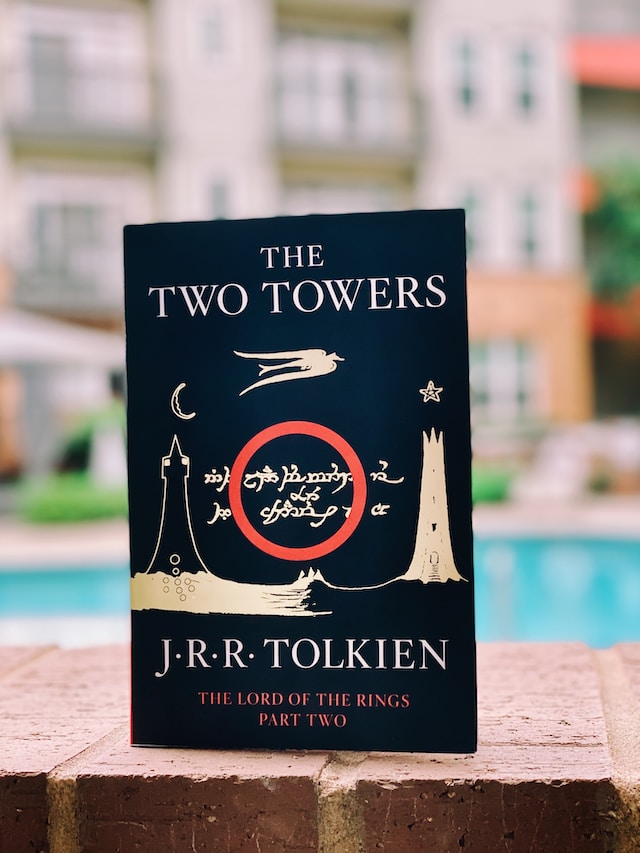
For example, rather than following the typical heroic journey, he subverts expectations by allowing characters to face dire consequences for their actions.
Focus on Character-Driven Storytelling and Morally Gray Characters:
In Martin’s works, character development takes center stage. He delves deep into the motivations, weaknesses, and complexities of his characters, creating individuals who are far from one-dimensional.
Morally gray characters, who aren’t purely good or evil, are a hallmark of Martin’s storytelling. This adds layers of complexity to the narrative and challenges readers to consider the gray areas of morality.
The Impact of Realism and Unpredictability in Epic Fantasy:
Martin’s embrace of realism is a departure from the fantastical elements of classic epic fantasy. He portrays a world where characters can die unexpectedly, and the outcomes of conflicts are uncertain.
This shift toward realism and unpredictability makes the narrative more gripping and relatable to readers, as it mirrors the uncertainties of real life.
Evolving Themes in Modern Epic Fantasy
As epic fantasy continues to evolve, new themes and ideas have emerged in the genre. These themes, which reflect the changing landscape of storytelling and the interests of contemporary readers, play a crucial role in shaping the modern epic fantasy narrative.
Modern epic fantasy often delves into themes beyond traditional heroism and adventure. It explores complex themes related to power struggles, political intrigue, and the human condition.
Authors use these themes to provide a deeper understanding of the characters, their motivations, and the challenges they face within the context of their fantastical worlds.
The Emergence of Strong, Multidimensional Female Characters:
Another notable evolution in modern epic fantasy is the emergence of strong and multidimensional female characters. In the past, the genre was criticized for its lack of diverse and empowered female voices.
Authors have responded by creating female protagonists who challenge stereotypes and contribute to the genre’s richness and diversity.
Modern epic fantasy often incorporates elements that reflect contemporary social and cultural issues. Authors use their fictional worlds to address real-world problems, prejudices, and societal dilemmas.
This reflective aspect of the genre allows readers to engage with epic fantasy on a more profound level, drawing parallels between the fictional and the actual world.
The Influence of Tolkien on Subsequent Authors
J.R.R. Tolkien’s work has left an indelible mark on the evolution of epic fantasy. Many authors who followed in his footsteps were influenced by his storytelling and world-building techniques, shaping the genre in their own unique ways.
J.R.R. Tolkien’s success and impact on the genre served as an inspiration to countless authors. His ability to craft immersive worlds and compelling narratives set a high standard.
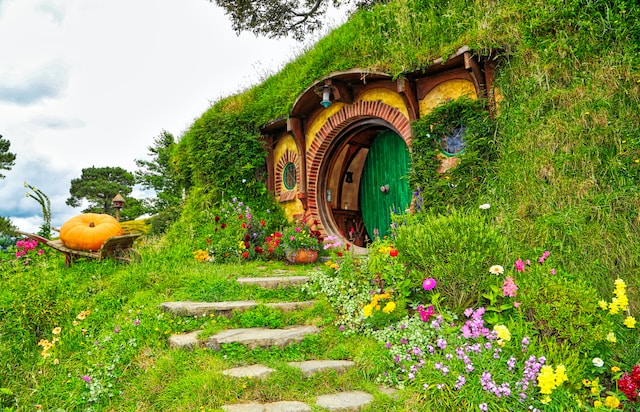
Many authors admired his meticulous world-building, memorable characters, and the depth of his fictional languages. They sought to emulate his attention to detail.
The Diversification of Epic Fantasy Voices and Narratives
While Tolkien’s work set a powerful precedent, subsequent authors have brought their own perspectives and voices to the genre. They’ve introduced fresh ideas, themes, and narrative styles.
The genre has diversified to encompass a wide range of stories, from high fantasy to grimdark fantasy, reflecting a multitude of voices and cultural influences.
Several authors have followed in Tolkien’s footsteps, contributing to the evolution of epic fantasy. George R.R. Martin, with his morally complex narratives, is one such author. Patrick Rothfuss, known for his character-driven storytelling, has also made a significant impact.
These authors have taken the inspiration from Tolkien’s pioneering work and created unique subgenres and thematic approaches, enriching the genre with their individual creativity.
The influence of J.R.R. Tolkien on subsequent authors is profound. While Tolkien set a high standard for epic fantasy, many authors have been inspired by his work to contribute to the genre in their unique ways. The diversification of voices and narratives in epic fantasy has made the genre more vibrant and inclusive. Authors like George R.R. Martin and Patrick Rothfuss have added their distinct contributions, enriching the genre and driving its evolution.